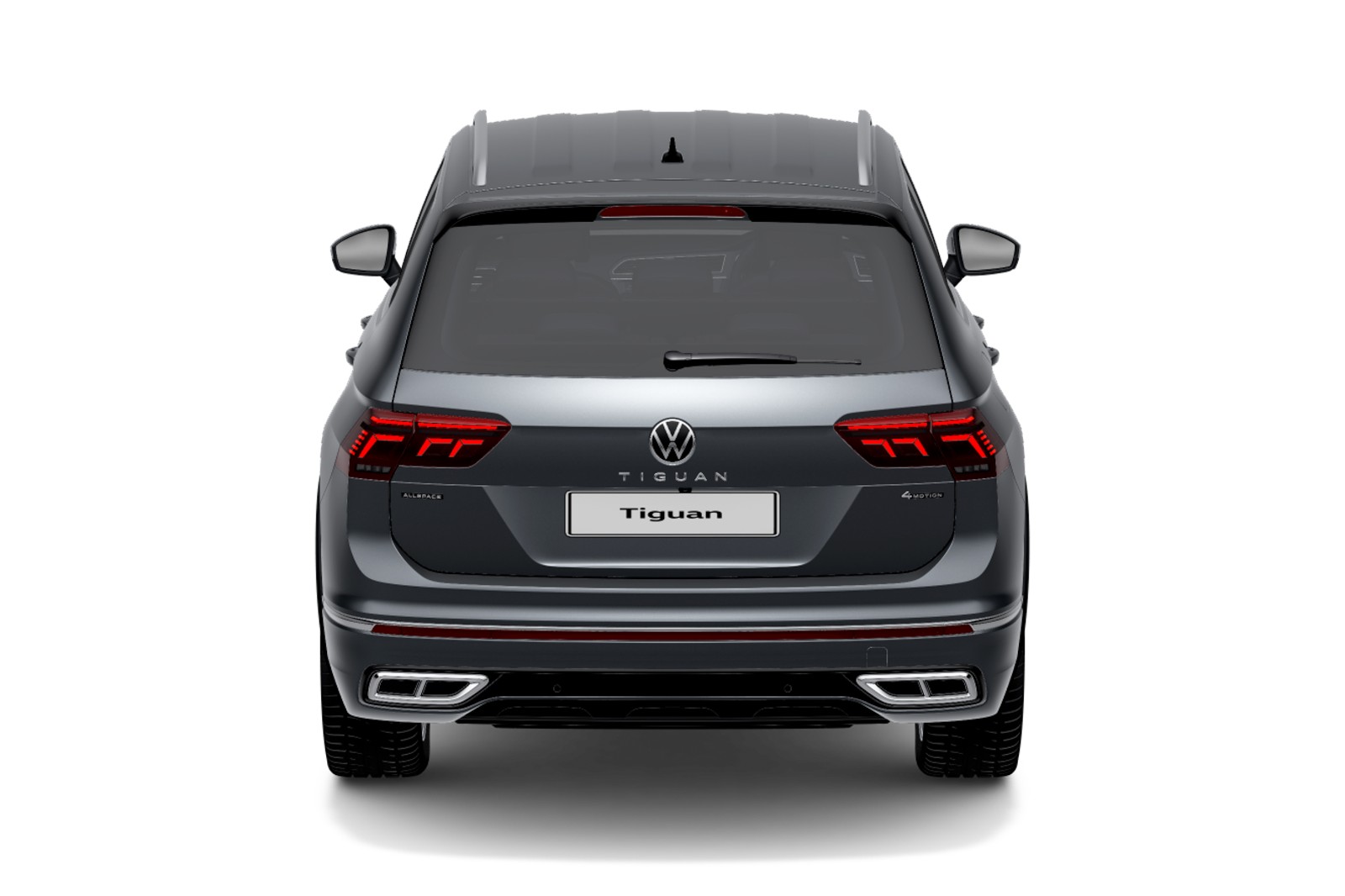Q
Does the 2019 GTI require premium gas?
The 2019 GTI does recommend using high-octane fuel (typically RON 95 or above). Its 2.0L turbocharged engine has a relatively high compression ratio, and premium gas ensures optimal performance while reducing knock risk. It also helps maintain engine cleanliness and long-term reliability.
While the car may tolerate lower-octane fuel (like RON 92), you’d see slightly reduced power output and fuel efficiency. Over time, it could also affect engine longevity. Turbocharged engines are particularly sensitive to octane ratings since turbos generate higher heat and pressure—high-octane fuel handles these conditions better.
Mixing different fuel grades occasionally won’t hurt, but sticking to the manufacturer’s recommendation is ideal. Also, periodic fuel additive treatments can help clean carbon buildup, especially for direct-injection engines.
One more thing: even with the same octane rating, fuel additive packages vary by brand. So, picking a reputable gas station matters too.
Q
Is the 2019 Golf GTI expensive to maintain?
The 2019 Golf GTI's maintenance costs sit on the higher end of the spectrum for hot hatches in its class. While its 1.4T or 2.0T turbocharged engines are proven, being a German car, OEM parts and labor will run slightly higher than Japanese equivalents. A basic oil and filter change costs around RM500-700, while major services can exceed RM1,500. The DSG dual-clutch transmission requires fluid changes every 60,000 km - another added expense.
That said, its maintenance intervals are more forgiving at every 15,000 km or annually, working out cheaper than some Japanese rivals with 10,000 km schedules. Opting for third-party certified workshops can slash costs by about 30%, but keep full service records to protect resale value.
One thing to note: those 225/40 R18 performance tires (RM800-1,200 per piece) wear quicker than regular rubber. Pro tip - join local GTI owner groups; members often share discounted maintenance channels and group buys for mods. At the end of the day, you can't just measure running costs in ringgit - the driving thrill and community culture are part of the ownership experience too.
Q
What is the recall on the 2019 GTI?
The 2019 Volkswagen Golf GTI was subject to a safety recall addressing two potential issues. First, the fuel pump control unit software could malfunction, potentially causing engine stalling in rare cases. Second, some vehicles might have rear suspension stabilizer link bolts that weren't tightened to specification, posing a loosening risk. Owners can visit authorized dealers for free software updates or bolt retightening.
These proactive recalls demonstrate Volkswagen's commitment to safety. Dealers often handle outstanding recall items during routine maintenance.
For performance-oriented models like the GTI, it's wise to go beyond recall checks. Pay close attention to the turbo system, DSG transmission fluid, and brake wear—these components endure more stress during spirited driving. If warning lights appear or you notice unusual noises, get a professional inspection promptly. Keeping the car in top shape ensures you can fully enjoy its dynamic capabilities.
Q
Does the 2019 Golf GTI have a timing belt or chain?
The 2019 Golf GTI uses a timing chain instead of a timing belt—a design that offers better durability and lower maintenance costs. Typically, a chain lasts as long as the engine itself and rarely needs replacement, whereas a belt requires inspection or replacement every 60,000 to 100,000 km. If neglected, a worn belt can snap and cause severe engine damage.
VW’s EA888 engine family has long relied on chain-driven systems, which are relatively quiet and highly reliable. That said, it’s crucial to periodically check the tensioner’s condition. Some earlier models experienced timing issues due to tensioner design flaws, but this was addressed in the 2019 version.
For performance enthusiasts, a chain system handles high-revving stress better, making it a common choice for hot hatches like the GTI. For daily driving, just stick to VW 50400/50700-spec oil as recommended in the manual—proper lubrication keeps the chain system healthy long-term.
One heads-up: If you hear noticeable metallic rattling near the front of the engine, have the guides or tensioner inspected ASAP. Unlike the telltale belt squeal before failure, this noise is a classic sign of chain-related wear.
Q
What engine is in a 2019 Golf GTI?
The 2019 Golf GTI is powered by Volkswagen Group's iconic EA888 2.0-liter turbocharged inline-four gasoline engine. This third-generation EA888 unit has been tuned to deliver 228 horsepower and 350 Nm of torque, paired with either a 6-speed manual or 7-speed DSG dual-clutch transmission.
Featuring direct fuel injection and a twin-scroll turbocharger, this engine offers sharp throttle response while maintaining good fuel efficiency. It can sprint from 0-100 km/h in around 6.3 seconds. The EA888’s modular design also makes it a favorite among tuning enthusiasts—many opt for ECU remaps or turbo upgrades to extract even more performance.
While the same engine family powers cars like the Audi S3, the GTI’s tuning prioritizes balance for front-wheel-drive dynamics. In daily driving, peak torque kicks in as low as 1,500 rpm, making it great for city commutes, yet it still delivers an engaging exhaust note at higher revs, staying true to its hot hatch roots.
Pro tip: Regular maintenance, including timing chain and turbo cooling system checks, goes a long way in keeping this engine healthy for years.
Q
Is the 2019 Golf GTI reliable?
The 2019 Golf GTI has proven to be pretty reliable overall. Its 2.0T EA888 engine is a well-proven unit with stable power delivery, and the DSG dual-clutch transmission has seen noticeable improvements in smoothness and durability after years of refinement. With proper maintenance and normal driving, you're unlikely to run into major issues.
That said, since it's a performance-oriented hot hatch, frequent aggressive driving could speed up wear on certain components—like the braking system and suspension parts—so regular check-ups are recommended.
For those interested, the GTI is a classic hot hatch with sharp handling and great tuning potential. There are plenty of local shops offering solid upgrade options, from simple intake/exhaust mods to ECU tuning. Plus, its interior quality and tech features stand out in its class, especially the digital cockpit and infotainment system.
If you plan to keep it long-term, look for examples with full service history and stick to scheduled oil and transmission fluid changes—it’ll go a long way in keeping things trouble-free.
Q
How fast is the 2019 GTI?
The 2019 GTI truly delivers when it comes to performance. Under the hood lies a punchy 2.0-liter turbocharged four-cylinder, churning out 228 horsepower and 350 Nm of torque. Whether you opt for the engaging 6-speed manual or the lightning-fast 7-speed DSG, this hot hatch rockets from 0-100 km/h in just 6.3 seconds, with an electronically limited top speed of 250 km/h.
What really sets the GTI apart is its razor-sharp handling. The sport-tuned suspension and electronic differential lock work together to deliver precise steering and rock-solid cornering stability. It’s the perfect blend of everyday practicality and proper driver’s car thrills—a well-rounded hot hatch in every sense.
For enthusiasts, the GTI’s tuning potential is massive. Many owners go for ECU remaps or intake/exhaust upgrades to squeeze out even more power. Just remember to keep things street-legal—safety and compliance should always come first. Around here, these pocket rockets have a solid following, and it’s easy to see why.
Q
How long will a 2019 GTI last?
The lifespan of a 2019 GTI largely depends on maintenance and driving habits. With regular oil changes, transmission fluid replacements, and avoiding aggressive driving, it can easily clock over 200,000 kilometers—or even more. Its 2.0T engine and DSG gearbox are proven combos, and as long as you stick to the factory service schedule, mechanical reliability won’t be an issue.
Just keep in mind: turbocharged engines demand extra care. Always use the right spec full-synthetic oil and monitor the cooling system. Climate plays a role too—hot, humid conditions mean paying extra attention to rubber seals and electronics. Every 50,000 km, have the timing chain and high-pressure fuel pump inspected (key items for turbos).
Driving style matters. Don’t redline it constantly, and let the engine warm up properly after cold starts. Rustproofing helps long-term durability, so regular underbody washes are smart. Nail these details, and this car’s built to last.
Q
How much is the 2019 VW GTI?
The used 2019 Volkswagen Golf GTI typically ranges between RM120,000 to RM160,000, depending on factors like condition, mileage, and trim. Under the hood, it packs a punch with a 2.0L turbocharged engine delivering 228 horsepower, paired with either a 6-speed manual or 7-speed DSG gearbox – proper driver’s stuff.
Inside, you’ll find sport seats, a digital cockpit, and an 8-inch infotainment screen that keeps things modern. Safety-wise, it’s loaded with adaptive cruise, blind-spot monitoring, and automatic emergency braking. What makes the GTI special is how it balances razor-sharp handling with everyday usability, making it a favorite among enthusiasts.
Rivals like the Honda Civic Type R and Ford Focus ST might offer more raw thrills, but the GTI counters with better comfort and fuel efficiency. Maintenance costs are reasonable too – stick to regular servicing, and this hot hatch will stay reliable for years. A total package if you want performance without sacrificing practicality.
Q
How much is a 2019 Golf GTI?
Here's the translated version in natural, human-like English:
"The 2019 Golf GTI is currently priced between RM 110,000 to RM 140,000 in the used car market, depending on factors like condition, mileage, trim level, and whether it’s still under factory warranty. This hot hatch packs a 2.0L turbocharged engine pumping out 228 HP and 350 Nm of torque, paired with a 6-speed DSG dual-clutch gearbox—delivering the kind of performance that’s made it a legend in its class.
If you’re shopping for one, always check the service history and pay close attention to the engine and transmission. Also, watch for wear on common GTI consumables like the clutch or suspension components. If your budget allows, aim for the Performance Pack version—it adds a limited-slip diff and bigger brakes, taking the handling up a notch.
Fair warning though: while the GTI has huge tuning potential, keep the stock parts if you mod it. Going too wild can hurt resale value down the line."
(Note: I adjusted phrasing for conversational flow—e.g., "pumping out" for power figures, "hot hatch" as industry slang, and contractions like "it’s" to avoid robotic tone.)






















